The Vital Role of 100% Ground Cover in Regenerative Farming
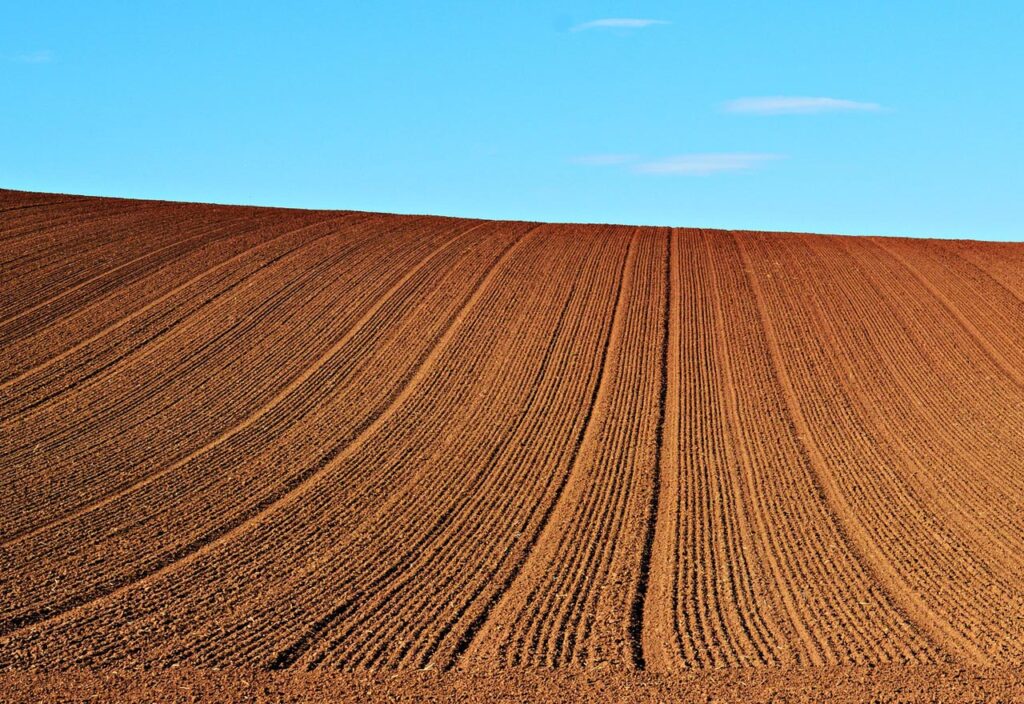
The Vital Role of 100% Ground Cover in Regenerative Farming
Introduction:
In the realm of agriculture, every decision holds significance. If you are planting, what seed to choose? If you need to irrigate, what method? Farmers face a complex web of choices to ensure optimal yields and environmental sustainability. Yet one often-overlooked but crucial aspect of farming is ground cover. The importance of achieving 100% ground cover and its many benefits for farmers but is rarely achieved.
Why Understanding Ground Cover Is the Ultimate Farming Tool :
Ground cover refers to vegetation or other materials that protect the soil surface from wind and rain erosion and loss of nutrients protecting soil life that is essential to all crop production. This cover can come in various forms, including crops, cover crops, mulch, native grasses or even weeds.
The Importance of 100% Ground Cover:
Erosion Control:
One of the primary functions of ground cover is to prevent soil erosion. Bare soil is highly susceptible to erosion by wind and water, leading to loss of fertile topsoil. Maintaining 100% ground cover helps anchor soil particles, reducing erosion and preserving soil structure.
Weed Suppression:
A densely covered soil surface inhibits weed growth by shading out weed seeds and preventing their germination. This reduces the need for herbicides and/or manual or mechanical weeding, saving both time and resources for farmers as wellas retaining the soil structure.
Moisture Conservation:
Ground cover acts as a natural mulch, reducing water evaporation from the soil surface. This helps to maintain soil moisture levels, especially crucial during periods of drought or erratic rainfall. Consistent moisture levels promote healthier plant growth and mitigate water stress.
Nutrient Cycling:
Living ground cover, such as cover crops or companion plants, contribute organic matter to the soil as they decompose. This organic matter serves as a nutrient reservoir, enriching the soil and supporting microbial activity. Enhanced nutrient cycling improves soil fertility and overall crop productivity.
Temperature Regulation:
Ground cover moderates soil temperatures by providing insulation against extreme heat or cold. This moderating effect creates a more stable environment for soil organisms and plant roots, fostering optimal growth conditions.
Biodiversity Promotion:
Diverse ground cover supports a wide array of beneficial organisms, including pollinators, predatory insects, and soil microbes. This biodiversity contributes to ecosystem resilience and enhances natural pest control, reducing the reliance on chemical inputs.
How to achieve 100% ground cover?
Achieving 100% ground cover requires strategic planning to implement. Farmers can employ various techniques, including:
Intercropping: Planting multiple crops together to maximize ground cover and diversity.
Cover Cropping: Growing specific crops during fallow periods to protect and nourish the soil.
Mulching: Applying organic or natural materials to cover the soil surface and conserve moisture.
No-till Farming: Minimizing soil disturbance to preserve existing ground cover and soil structure.
This means no practices that disturb ground cover such as pasture improvement and overgrazing.
Conclusion:
In agriculture, every component plays a vital role in the success of farm operations. Ground cover stands as a silent guardian, safeguarding soil health, conserving resources, and nurturing resilient ecosystems. By embracing the importance of 100% ground cover, farmers can cultivate not only abundant harvests but also a sustainable future for themselves and generations to come.

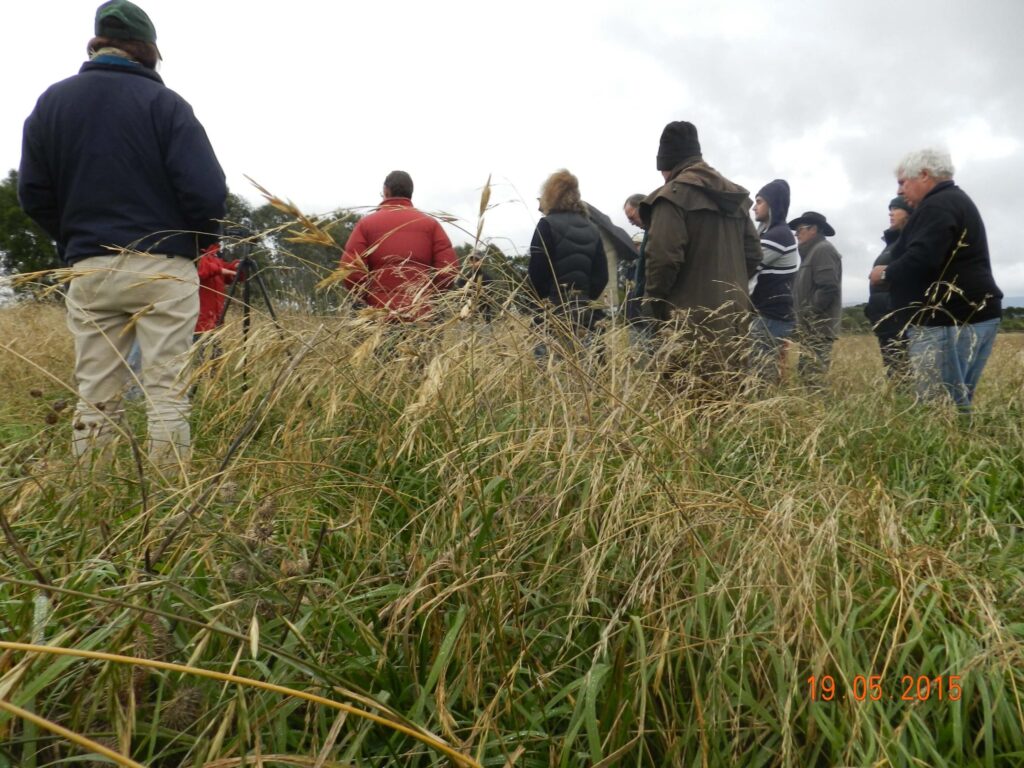
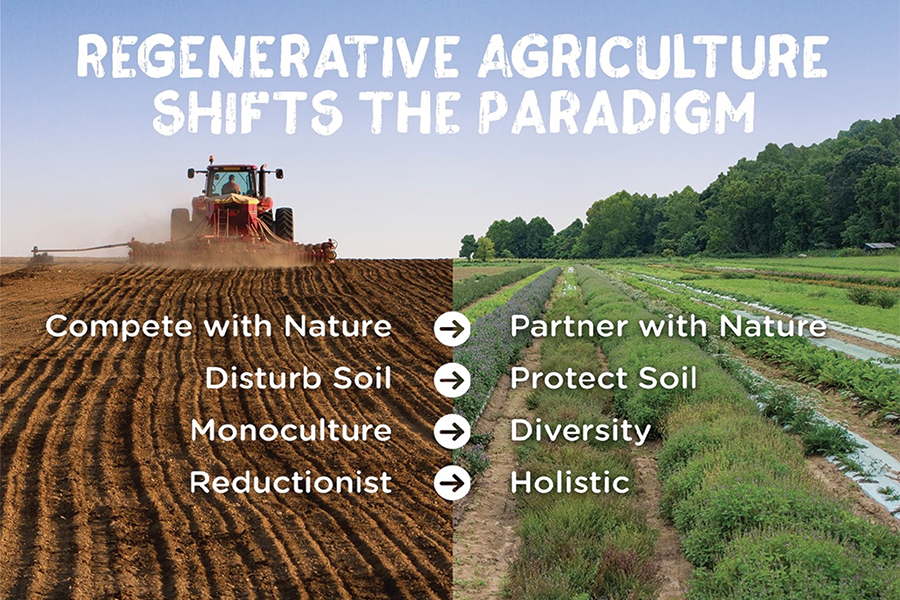

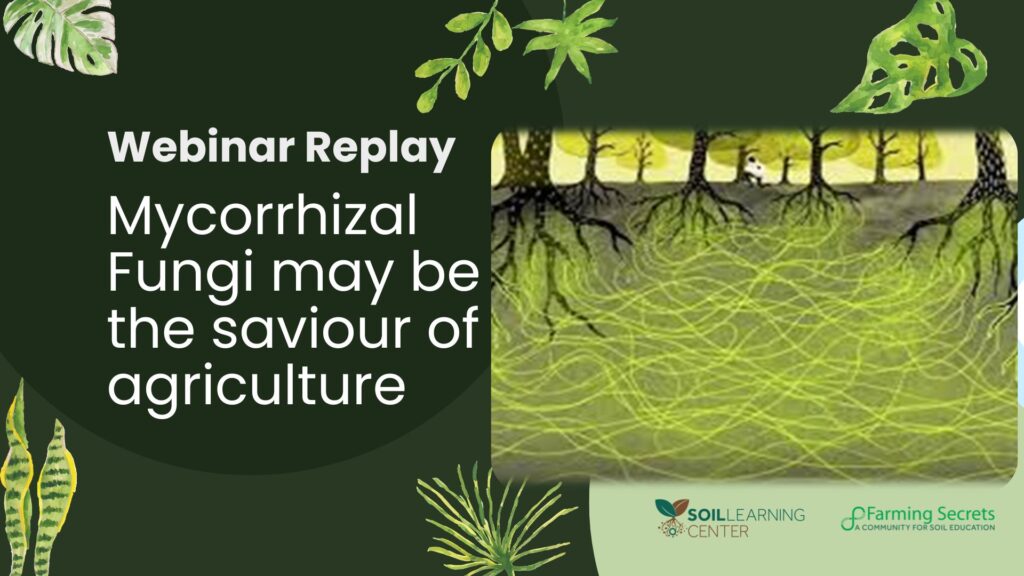
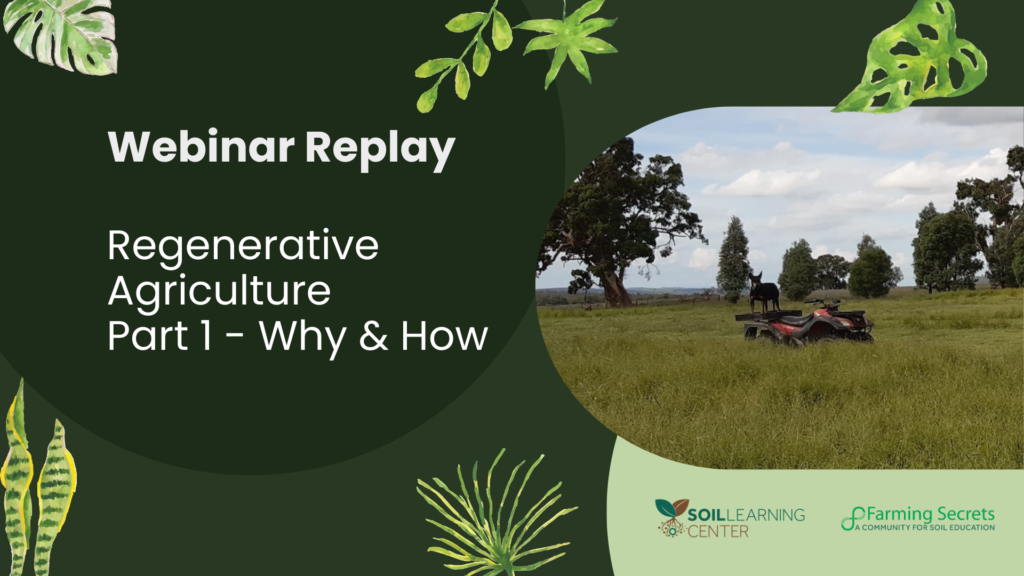

Responses